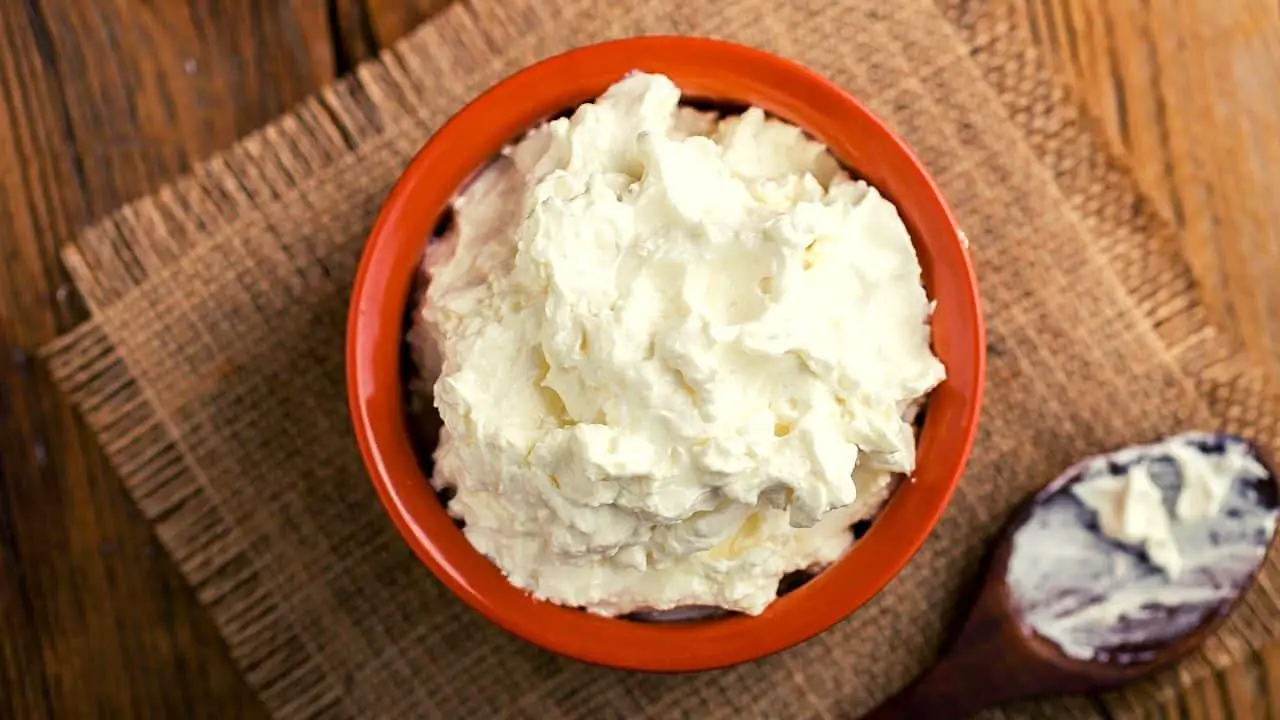Margarine has come a long way since the French scientist Hippolyte Mége-Mouriés invented a less perishable and cheaper version of butter in 1869. Back then, margarine was based on milk, fat from beef, and water. It was a much cheaper alternative that even poor people could afford.

Later they changed the ingredients and began to use vegetable oils instead of beef fat. The vegetable oils made margarine taste slightly better and made it more popular among the population.
Nowadays, margarine only contains plant-based ingredients, making it a great option if you don’t want to consume any dairy products.
In this article, you will get three easy recipes about how to make homemade margarine that is suitable for both baking and cooking, which also tastes delicious on bread.
Is Margarine Good For You?
Whether or not the store-bought margarine is a healthier choice than butter is not so easy to answer. While both spreads offer many nutritional benefits, they also have their fair share of drawbacks.
Modern margarine is certainly better than the older stick margarine. But when compared to butter, there are still heated debates in online forums with no definitive answer yet.
Although modern margarine claims to be quite healthy many products still go through extensive processing and contain some dubious flavorings, color, and preservatives.
But did you know you can easily make your own margarine?
So, if you are looking for delicious alternatives to processed spreads – look no further. These 5 homemade margarine recipes are delicious, nutritious, and super easy to make!
Homemade Margarine Recipes
These creamy, rich, and nutritious homemade plant-based spreads taste much better than most waxy store-bought margarine, they are easy to make and don’t contain any hydrogenates or trans fats.
You can spread these on everything or use them in your cooking or baking.
1. Aquafaba Vegan Spread
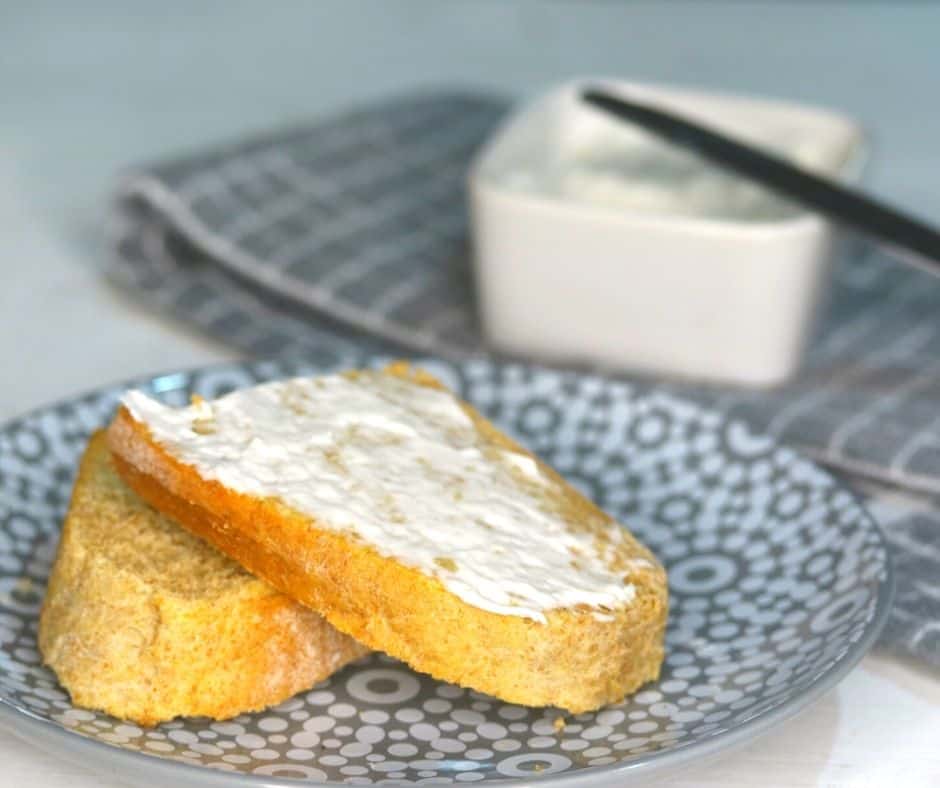
Aquafaba is a great ingredient, often used as an egg substitute in plant-based recipes. It is simply just the leftover water from cooked chickpeas. Aquafaba is, among others, used in vegan mayo, vegan meringues and macaroons, and of course homemade vegan margarine or butter.
Aquafaba blends into a creamy and rich plant-based buttery spread that is much more flavorsome than store-bought margarine and great for spreading it onto warm bread.
Prep time: 10 mins
Ingredients:
- ¼ cup aquafaba (chickpea water, chilled)
- ½ cup melted coconut oil (as close to room temperature as you can get without it solidifying)
- 2 tbsp rapeseed (canola) oil or olive oil
- ½ tsp apple cider vinegar
- ¼-½ tsp salt (to taste)
- ⅛ tsp xanthan gum
Equipment:
- Immersion blender
- A tall, narrow mixing bowl or a container
Instructions:
- Pour the chickpea water into the narrow bowl. Blend with the immersion blender until the mixture becomes airy and white.
- Add salt and apple cider vinegar, and blend for about 30 seconds to incorporate them.
- Combine coconut oil and rapeseed or olive oil.
- Keep the blender going, and begin drizzling the oil into your container. Take your time – with every bit of oil, spend plenty of time incorporating it into the mixture.
- Once all of the oil is incorporated, add xanthan gum and blend again – the mixture should become more bound together.
- Transfer into an airtight container and consume within 10 days.
2. Coconut Oil Margarine Recipe
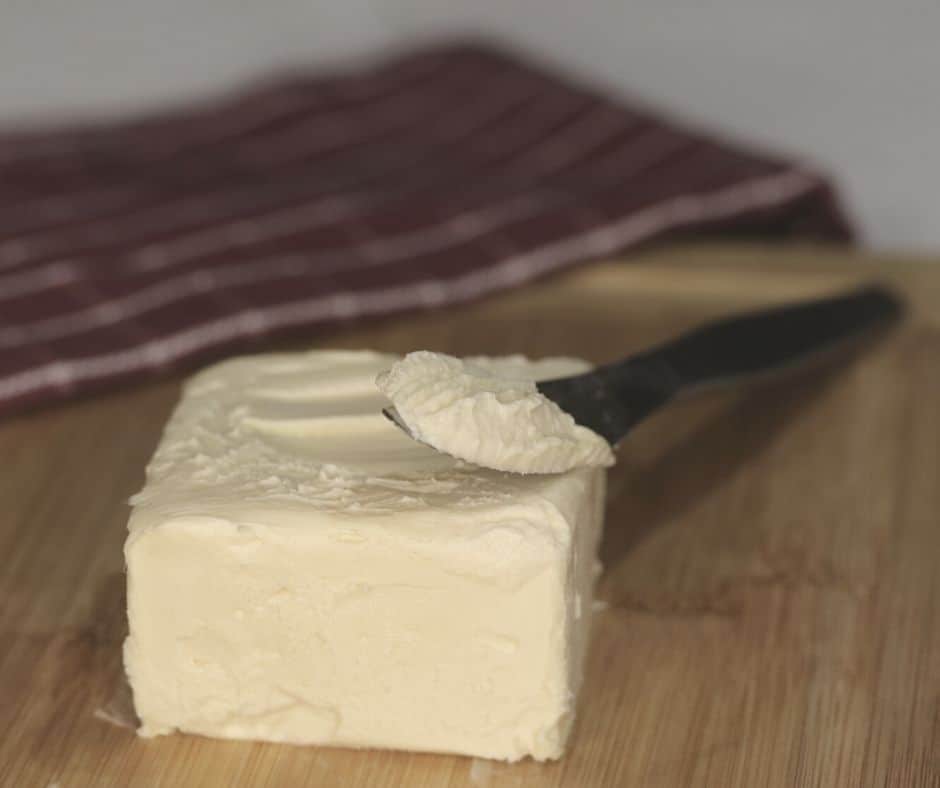
This recipe has a bit more steps and ingredients than the previous one, but it is super delicious, so you won’t regret trying this one out as well.
This homemade margarine has a very neutral flavor yet quite perfect in texture. Spread it on toast or use it on your baking.
Prep time: 5 mins
Ingredients:
- 2-3 cups of ice cubes
- ½ cup melted coconut oil
- 3 tbsp vegetable oil (e.g. sunflower oil or rapeseed oil)
- 1 tbsp non-dairy milk
- ⅛-¼ tsp sea salt
- ⅛ tsp turmeric
- A few drops of lemon juice
Equipment:
- Small bowl
- Medium/large mixing bowl
- Whisk
- Small square mold
Instructions:
- Place the smaller bowl into the larger bowl, and arrange the ice in a way that it surrounds the smaller bowl.
- Pour melted coconut oil and the vegetable oil into the smaller bowl and begin to whisk them together until they start to thicken.
- Add milk, turmeric, salt, and lemon juice. Whisk for a little bit longer to make sure the ingredients are well combined.
- Transfer your mixture to a small square dish. Make sure there are no air pockets and smooth out the top.
- Refrigerate for about an hour to let your butter set. When it’s ready, it should stay in a block. Use for toast, sandwiches, roasted veggies, etc.
3. How To Make Margarine From Olive Oil
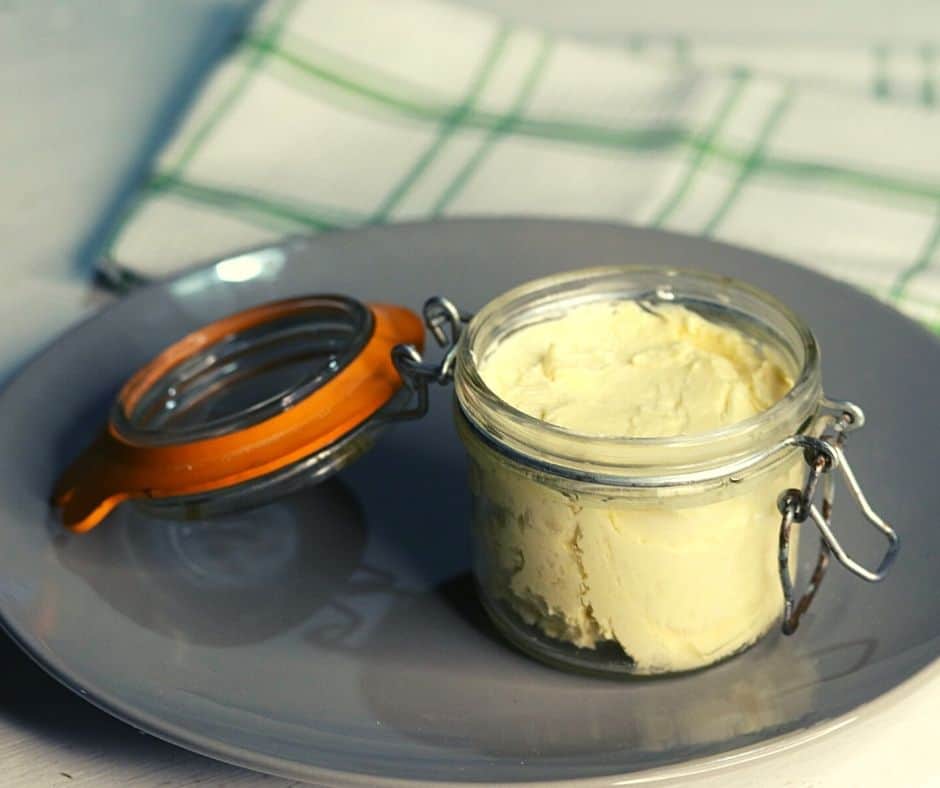
This is a very easy and simple recipe made with ingredients most people already have in their kitchen but result in a lovely creamy spread.
Prep time: 13 mins
Ingredients:
- ¼ cup melted coconut oil (as close to room temperature as you can get without it solidifying)
- ¼ cup extra virgin olive oil
- 2 tbsp non-dairy milk (see notes below)
- 1 tsp apple cider vinegar
- ¼ tsp sea salt
- 1 tsp liquid soy lecithin or liquid sunflower lecithin
- ⅛-¼ tsp xanthan gum
Equipment:
- Food processor
- Spatula
Instructions:
- Place the milk, apple cider vinegar, and salt in a small cup and whisk together with a fork. Let it rest for about 10 minutes. If you notice the mixture curdle – good! That’s exactly what’s supposed to happen.
- Add coconut oil and olive oil into the food processor, along with the curdled milk, soy or sunflower lecithin, and xanthan gum. Process for 3 minutes, scraping the sides down with a spatula – you want the mixture to be as smooth as possible.
- Transfer your margarine to an airtight container and place it in the fridge for at least an hour. If you want to speed up the solidifying process, you can place your container in the freezer.
- Store in the fridge for up to 14 days. Enjoy on your morning toast, crackers, or sandwiches!
Notes:
Soy milk works best for this, but feel free to use your favorite milk alternative if you don’t like soy or if you are allergic.
4. Vegan Butter Bean Spread
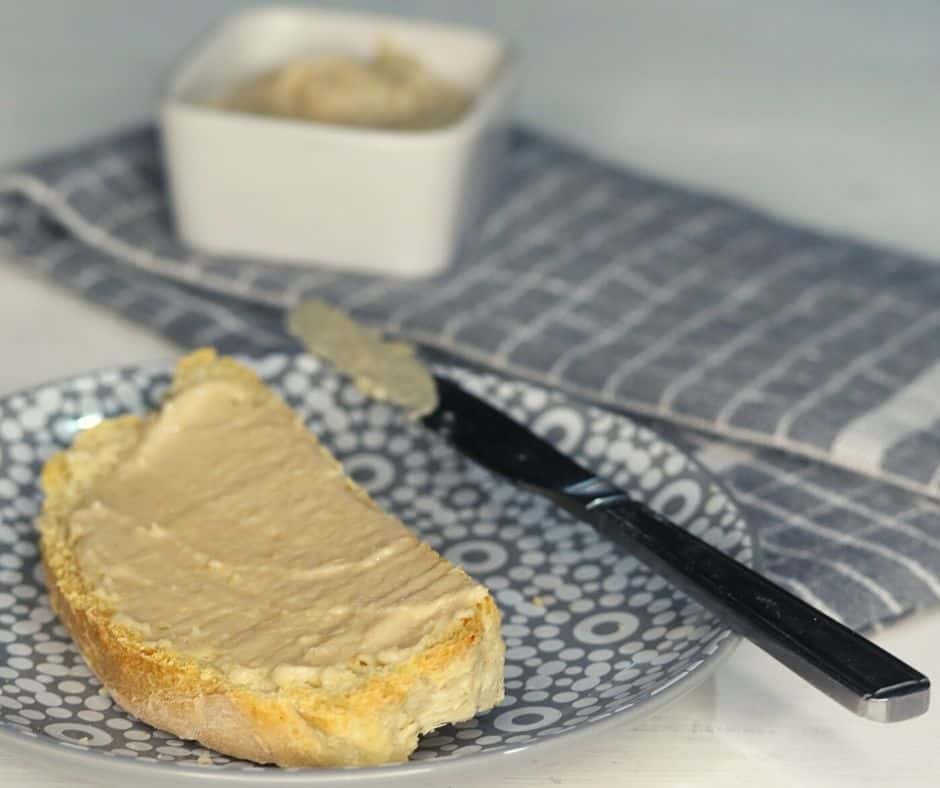
I would say that this spread is a bit more than just margarine. It is a great gap filler, literally and figuratively. You can use it as an appetizer, party dip, or snack, and for those who are into sport and fitness, it’s also high in protein, so you don’t have to worry that these hard-earned muscles would be wasting away.
Prep time: 5 mins
Ingredients:
- 1 cup butter beans (drained and rinsed)
- 1 tbsp non-dairy milk or olive oil (see notes)
- ½ tbsp tahini paste
- 1 tsp apple cider vinegar
- ¼-½ tsp sea salt
Equipment:
- Food processor
- Spatula
Instructions:
- Place all of the ingredients into the food processor. Process until smooth, scraping down the sides with a spatula to make sure everything is well incorporated together.
- You’re done! Transfer your bean spread into an airtight container and store for up to 4-5 days in the refrigerator.
Notes:
Olive oil makes this spread more creamy and buttery; however, if you prefer an oil-free option, use non-dairy milk!
5. Vegan Garlic And Herb Butter
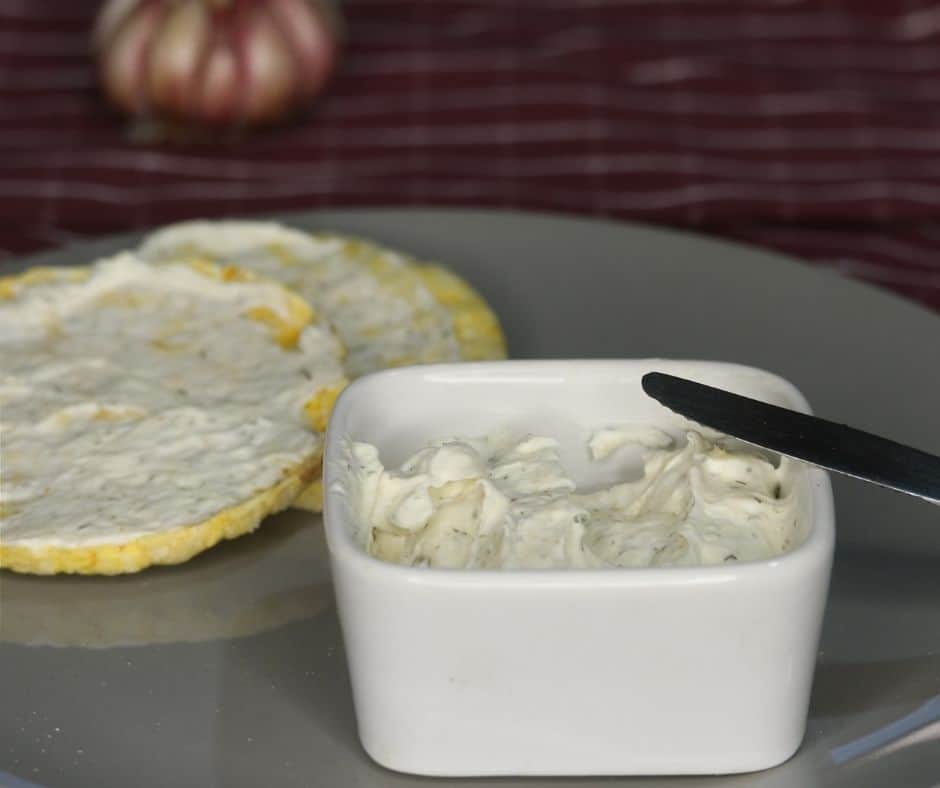
Last but not least, this vegan herb and garlic butter are deeply flavorful with a sweet mellow taste. It is perfect to use as a spread on crusty bread, baked sweet potato, or even on fresh corn on the cob. The possibilities are endless!
Prep time: 5 mins
Cooking time: 30 mins
Ingredients:
- ½ head garlic
- ½ tbsp olive oil
- ¼ cup aquafaba (chickpea water, chilled)
- ½ cup melted coconut oil (as close to room temperature as you can get without it solidifying)
- ½ tsp apple cider vinegar
- ¼-½ tsp salt (to taste)
- ½ tsp dried rosemary
- ½ tsp oregano
Equipment:
- Food processor
- Immersion blender
- Tall, narrow container
- Spatula
- Baking tray
How To Make
- Cut off the bottom ends of the garlic cloves and place them on a lined baking sheet (separated or in a cluster). Drizzle the olive oil over the top and roast at 400F for 30 minutes. The garlic cloves should be soft and tender when ready.
- Whip aquafaba with an immersion blender in the tall container, until white and fluffy. Add apple cider vinegar and salt. Blend for about 30 seconds.
- Keeping your blender on, very slowly start drizzling the coconut oil into the mixture, making sure it is properly incorporated after each addition.
- Once the garlic is ready, let it cool down. Squeeze the soft flesh into the food processor. Add the herbs and process until you get a smooth paste. Scrape down the sides with a spatula if needed.
- Finally, combine the two elements by hand. Mix the aquafaba and oil mixture with the garlic and herb paste in a bowl or cup, using a spatula.
- Transfer into an airtight container and keep refrigerated for up to 7 days.
